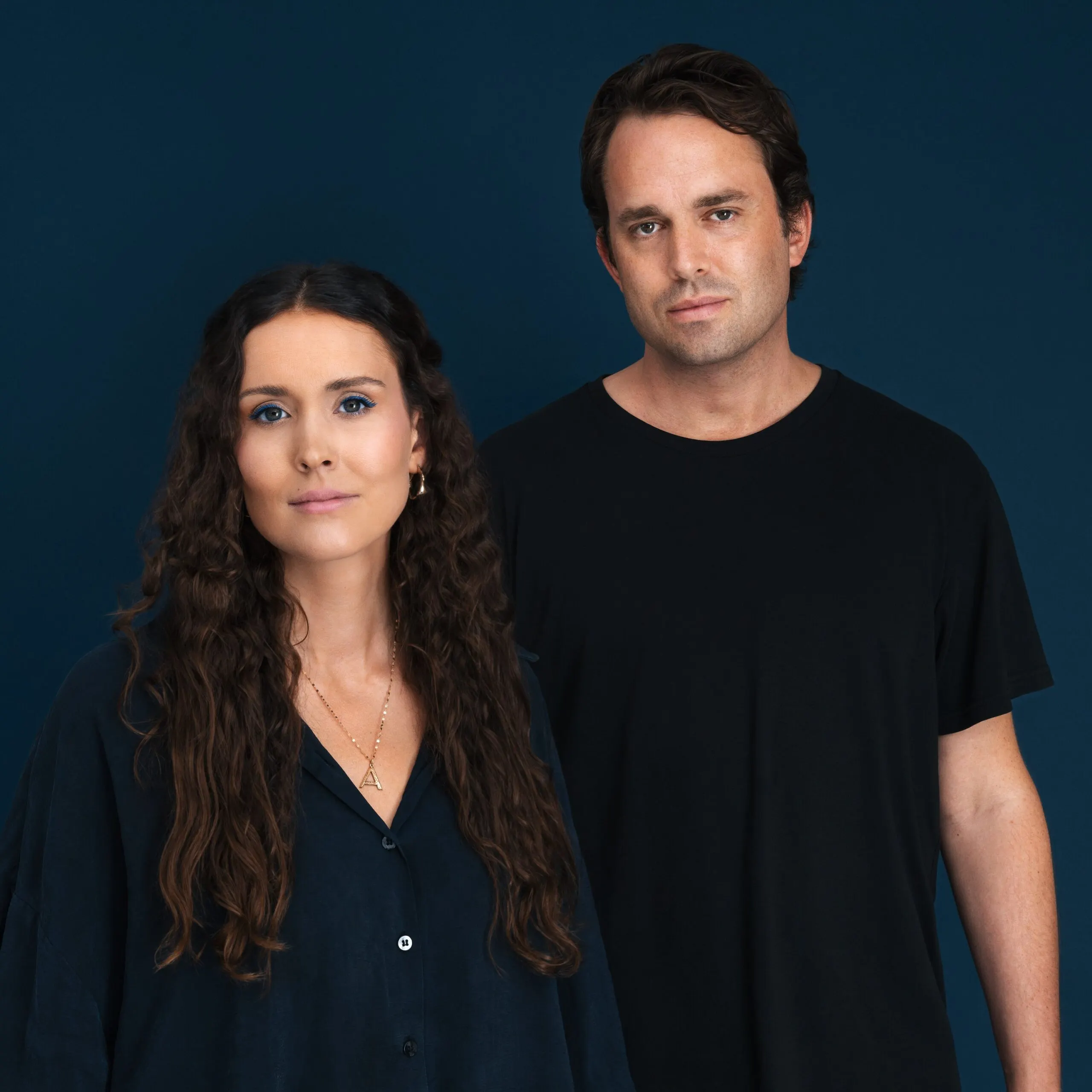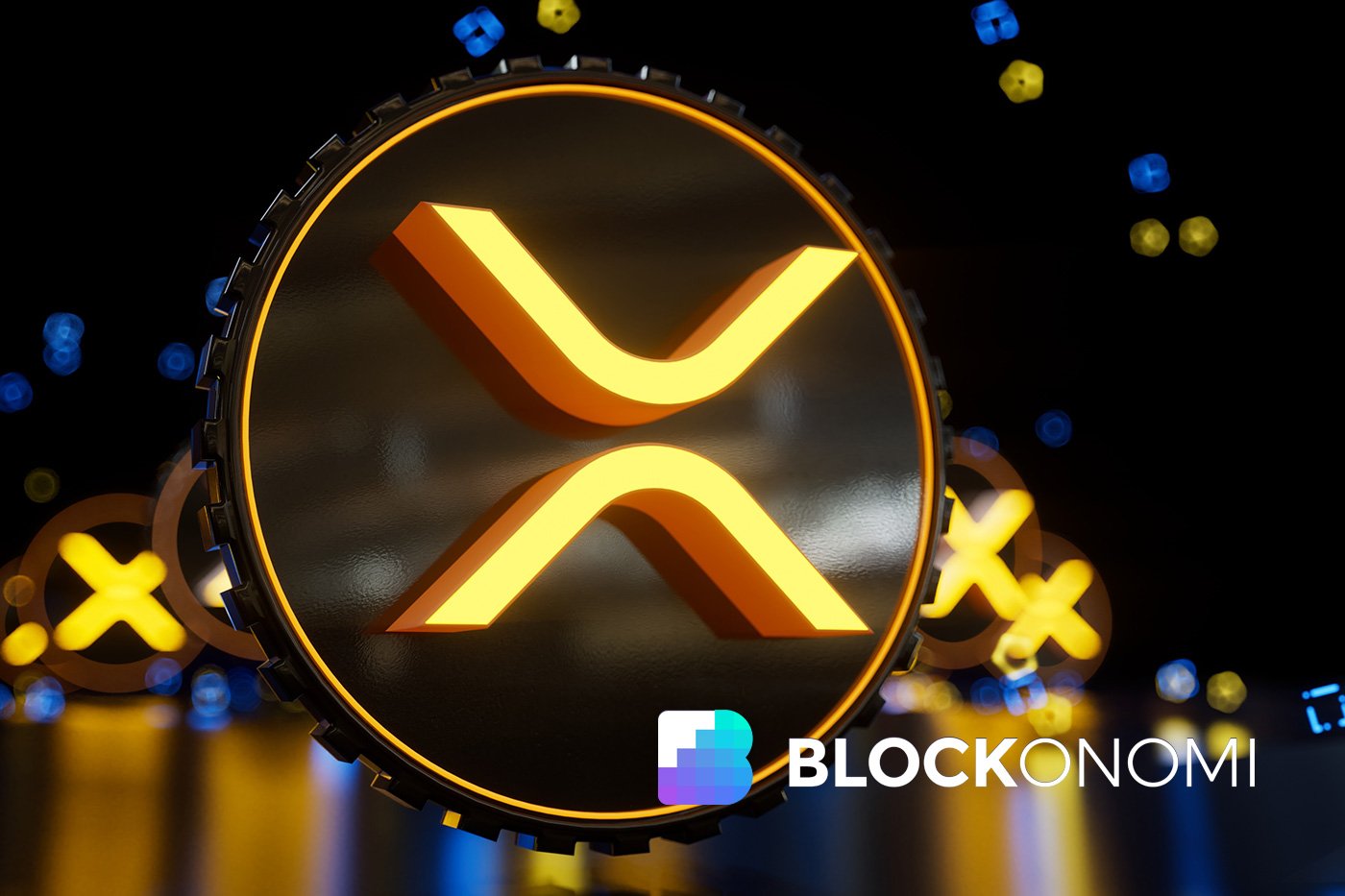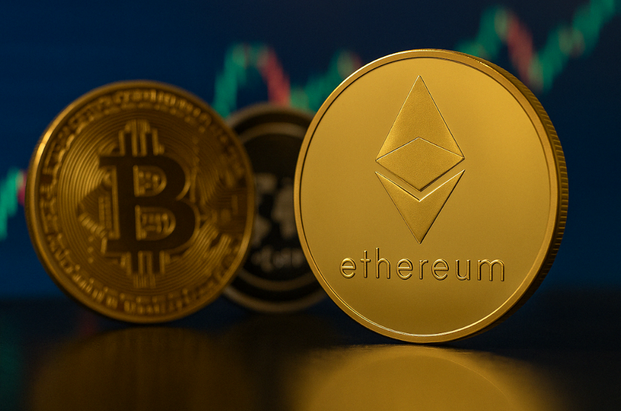ARTICLE AD BOX
On October 10, Christie’s London will host an auction for “Ascend”—a 1-of-1 piece of dynamic digital artwork inscribed on Bitcoin's Ordinals protocol—during its Post-War and Contemporary Art Day Sale. It will be the only digital artwork in the sale.
This event will mark the first-ever Bitcoin Ordinal to appear in a live auction at Christie’s, bridging the gap between the traditional and digital art worlds.
“Ascend” is a part of “The Wild Within” project created by artists Ryan Koopmans and Alice Wexell. The series revitalizes architectural ruins through a digital medium, combining photography with advanced 3D techniques to breathe new life into abandoned spaces.
The piece captures the decaying beauty of the Iveria Sanatorium in Tskaltubo, Georgia, once a famed health destination in the Soviet era. The structure, built between 1952 and 1962, has since fallen into ruin, providing a poignant backdrop for Koopmans and Wexell’s artistic exploration.
I am very excited to announce that ‘Ascend’, our 1 of 1 dynamic inscription, is in the Post-War & Contemporary Art Day Sale at Christie’s in London.
When: Open for bidding now, Live Sale on October 10, 2024 at 10:00am EST / 3:00pm BST
Where: Christie’s London, 8 King Street… https://t.co/R8FLvDEl3M pic.twitter.com/bL0Dsf3XO7
— Ryan Koopmans (@ryankoopmans) September 26, 2024
The sanatorium lobby, now crumbling and overtaken by nature, serves as the focal point of the artwork. Through their artistic vision, Koopmans and Wexell inject a surreal blend of the past and future, nature and architecture.
What further sets "Ascend" apart is its dynamic nature. Inscribed on the Bitcoin blockchain using the NFT-like Ordinals protocol, the piece shifts between day and night modes, reflecting the actual time at the real-world architectural site in Georgia via a 30-minute transition process.
This is made possible by innovative recursion coding developed by the team at Inscribing Atlantis, allowing the digital artifact to change in real time. The coding references the Bitcoin clock, enabling the artwork to reflect the passage of time in its original physical location.
Koopmans, who had previously minted only on Ethereum prior to 2024, told Decrypt that Bitcoin has been a game-changer for digital artists.
 "Ascend" by Ryan Koopmans and Alice Wexell. Image: Koopmans/Wexell
"Ascend" by Ryan Koopmans and Alice Wexell. Image: Koopmans/Wexell“It enables the creation of larger artworks through multiple inscriptions,” he said. “Ordinals, functioning as digital artifacts on the Bitcoin blockchain, resonate with our goal of preserving the subject matter (deteriorating architectural ruins) and the art itself in a permanent, unalterable form.”
This element represents a significant innovation in the world of digital art, showcasing the potential of Bitcoin as a medium for complex, evolving artworks.
Recursion in Ordinals is a technique that allows artists to overcome the file size limitations inherent in inscribing data onto the Bitcoin blockchain. Since each inscription has a maximum size limit, creating larger and more complex artworks requires a method to piece together multiple smaller inscriptions to work in tandem.
“Recursion enables us to do exactly that by allowing one inscription to reference and incorporate others,” Koopmans explained. “This means we can build a comprehensive artwork by stitching together several individual pieces that are all inscribed on-chain.”
 Alice Wexell and Ryan Koopmans. Image: Koopmans/Wexell
Alice Wexell and Ryan Koopmans. Image: Koopmans/Wexell“Dynamic coding enhances this process by introducing interactive or evolving elements to the artwork,” he continued. “By embedding code within these inscriptions, we can create pieces that respond to user interactions or change over time based on certain conditions.”
He adds that "Ascend" was inscribed on a satoshi mined on March 24, 2021—the same day that he minted the first piece from “The Wild Within” on Ethereum, which he said created “a meaningful connection between these two blockchains.”
“Collaborating with the talented developers at Inscribing Atlantis allowed us to create an artwork that is both customized, true to our artistic vision, and the first of its kind in several ways,” Koopmans said.
“Inscribing on Bitcoin is a fantastic tool to record provenance and preserve the longevity of artwork on-chain,” he continued. “Nevertheless, the visual and conceptual creation of the artwork itself remains of major importance, and shouldn’t be overshadowed by the technical aspects.”
While "Ascend" lives on the Bitcoin blockchain, a physical print of the artwork will also be available to the winning collector in one of three size options.
This auction at Christie’s is not just a milestone for Koopmans and Wexell but also for the broader adoption of Ordinals as a new digital art medium, especially in the fine art space.
Traditionally, Bitcoin has been known for its financial uses, but the advent of Ordinals has opened up new possibilities for preserving digital art in an immutable, decentralized form. And the recursion technique has broken down some of the initial barriers around inscribing on Bitcoin, enabling more complex works like this.
“Bitcoin itself is exceptional,” Koopmans said. “Reaching new audiences is essential for any artist, and the Bitcoin art community has been incredibly welcoming, supportive, and enthusiastic.”
Edited by Andrew Hayward
Daily Debrief Newsletter
Start every day with the top news stories right now, plus original features, a podcast, videos and more.
 (1).png) 11 months ago
463917
11 months ago
463917










 English (US) ·
English (US) ·